When designing your dream space, or planning for a bathroom renovation, your choice of tub is a decision that can affect both the look and function of your bathroom for years to come. While scrolling through Pinterest or thumbing through home inspiration magazines, you’ve probably encountered two top contenders in the freestanding tub arena—stand alone bathtubs and built-in types. But which is better for your bathroom?
Choosing the best option really depends on knowing the differences between the two options, the pros and cons of each, as well as your needs, available space, and personal style preferences.
This guide will go through everything you need to know, so you can make an informed decision on whether a stand alone bathtub or a built-in would be the best type for your bathroom.
What Is a Freestanding Bathtub?
As you might suspect, the name explains it all: a stand alone bathtub is a freestanding tub that stands alone in the bathroom. Unlike built-in bathtubs, which are usually set against a wall or in an alcove, stand alone tubs can be situated anywhere — the middle of your bathroom for a dramatic statement, or near a picturesque window.
Free-standing bathtubs are most known for their chic look, often inspired by vintage clawfoot tubs or modern sculptural designs. Whether your aiming for a minimalist modern vibe or a luxury spa feel, a stand alone tub can be a centerpiece.
Benefits of a Stand Alone Bathtub
Choosing a stand alone bathtub offers several advantages. Here are some reasons it might be the right choice for you:
· Timeless Elegance: Stand alone tubs are visually striking and can instantly elevate your bathroom’s design. They’re often seen as a statement piece.
· Flexible Placement: Because these tubs aren’t confined to wall installation, you have more freedom to choose where they go.
· Unique Designs: From vintage clawfoot styles to sleek, modern silhouettes, stand alone bathtubs come in a variety of designs to suit almost any aesthetic.
· Luxury Feel: A well-placed stand alone bathtub can create the feel of a high-end spa right in your home.
· Easier Maintenance (in some cases): Cleaning around a stand alone tub may be easier since it is fully exposed on all sides.
Potential Drawbacks of a Stand Alone Bathtub
While beautiful, stand alone bathtubs may not be for everyone. Consider the following:
· Space Requirements: These tubs are best suited for larger bathrooms because they typically require extra clearance space around them.
· Lack of Storage: Unlike built-in tubs, stand alone options don’t offer space for built-in shelves or ledges. You’ll need to use a separate tray or accessory for items like soap and shampoo.
· Cost: Stand alone tubs can sometimes be more expensive when it comes to both purchase and installation.
· Heavier Weight: Many stand alone tubs are made from materials like cast iron or stone, which may require additional structural support in your bathroom floor.
One brand delivering stunning stand alone designs is Wellfor, offering high-quality tubs that blend style with functionality.

What Is a Built-In Bathtub?
Built-in bathtubs, also referred to as alcove bathtubs, are installed directly against walls, typically within a three-sided enclosure. These tubs are a classic choice for bathrooms and are often paired with a shower for a versatile, all-in-one bathing solution.
Built-in tubs are practical and space-efficient, making them a popular option for homes with smaller bathrooms.
Benefits of a Built-In Bathtub
For many homeowners, a built-in bathtub is the go-to choice due to its practicality. Here's why:
· Space-Saving: Built-in bathtubs are ideal for maximizing space, especially in smaller bathrooms where every square foot counts.
· Integrated Storage: The ledges around built-in tubs offer space for soap, shampoo, and other essentials—no need for extra trays or storage solutions.
· Versatility: These tubs are often combined with showers, which is perfect for families or households with limited bathrooms.
· Budget-Friendly: Built-in tubs tend to be more affordable than their freestanding counterparts, particularly when installation costs are considered.
· Easier to Install (in some cases): Installing a built-in tub often requires less labor than a freestanding option.
Potential Drawbacks of a Built-In Bathtub
Despite their practicality, built-in bathtubs have their share of cons:
· Design Limitations: Built-in tubs are less dramatic in appearance and don’t offer the same “wow factor” as a stand alone bathtub.
· Reduced Flexibility: Built-in tubs are fixed to a specific location, so remodelling or relocating them in the future can be challenging.
· Space Constraints: They may feel more cramped and less luxurious compared to a spacious stand alone tub.
Wellfor also offers a selection of built-in models, combining reliability and style for homeowners who prioritize value and functionality.
Key Factors to Consider When Choosing Your Bathtub
Now that we’ve covered the basics, here are important factors to consider when deciding between a stand alone bathtub and a built-in model:
1. Bathroom Size
· If you have a large bathroom, a stand alone bathtub can create a focal point and bring a sense of luxury.
· For smaller bathrooms, a built-in tub will save space and fit more seamlessly.
2. Lifestyle & Functionality
· Do you have kids or pets? Built-in tubs with shower combos may be more practical for day-to-day life.
· If you prefer long, relaxing baths with a glass of wine and aromatherapy candles, a stand alone bathtub gives you that spa-like ambiance.
3. Budget
· Built-in tubs are generally less expensive to purchase and install. However, if budget isn’t a concern, a stand alone bathtub can boost your home’s resale value with its high-end aesthetic.
4. Aesthetic Preferences
· Are you striving for a sleek, modern look? A sculptural stand alone bathtub steals the show.
· Want a classic, fitted design? A built-in tub with a tiled enclosure might match your vision.
5. Installation Complexity
· Installing a stand alone bathtub can be more challenging, particularly for heavy models that need reinforced flooring. Built-in tubs are often simpler and faster to install.
6. Long-Term Use
· Consider who will be using the tub. Stand alone tubs usually have higher walls, which could be difficult for older adults or individuals with mobility challenges to climb over.
· Built-in tubs are easier to enter and exit, making them more suitable for long-term accessibility.
Which Bathtub Is Right for You?
All in all, the choice of a stand alone bathtub vs a built-in model is all up to your preferences, lifestyle, and the configuration of the bathroom.
If you have a large master suite and are looking for a dramatic, luxurious focus piece, a stand alone tub is an amazing option! But, the built-in tub, if needs must, provides a reliable solution if you are looking at practicality and space efficiency.
Wellfor If you want to look for premium stand alone bathtub Wellfor With a diverse array of styles, they can add to any design vision — traditional to contemporary.
Your bathtub is more than a piece of bathroom furniture; it’s an investment in comfort and relaxation. Spend some time considering your options, and intuitive select a style that adds to the atmosphere of your space, while still serving your needs in the name of practicality.
Happy renovating!

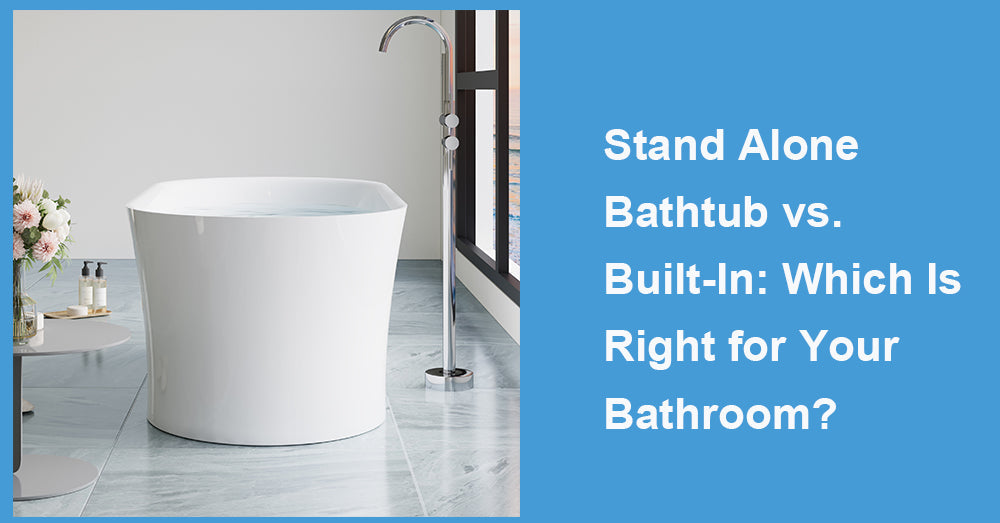
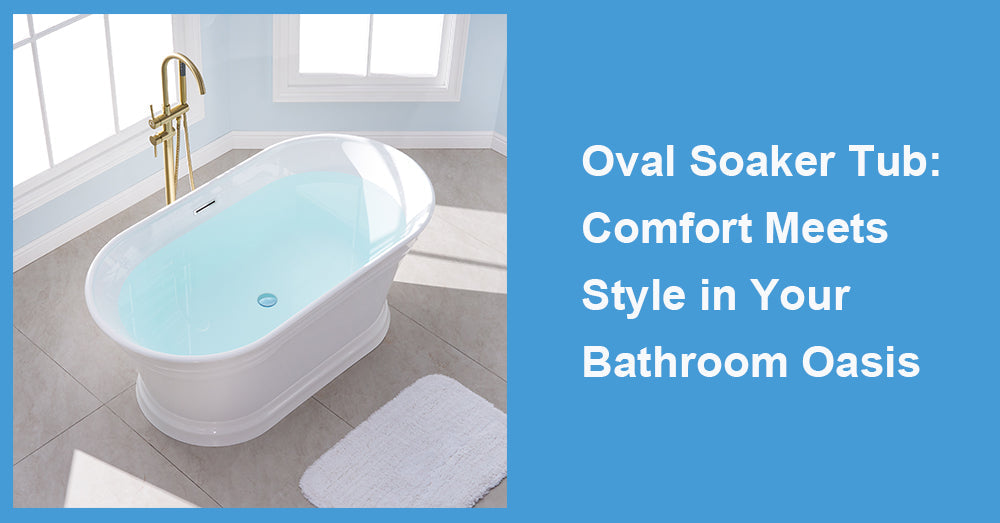
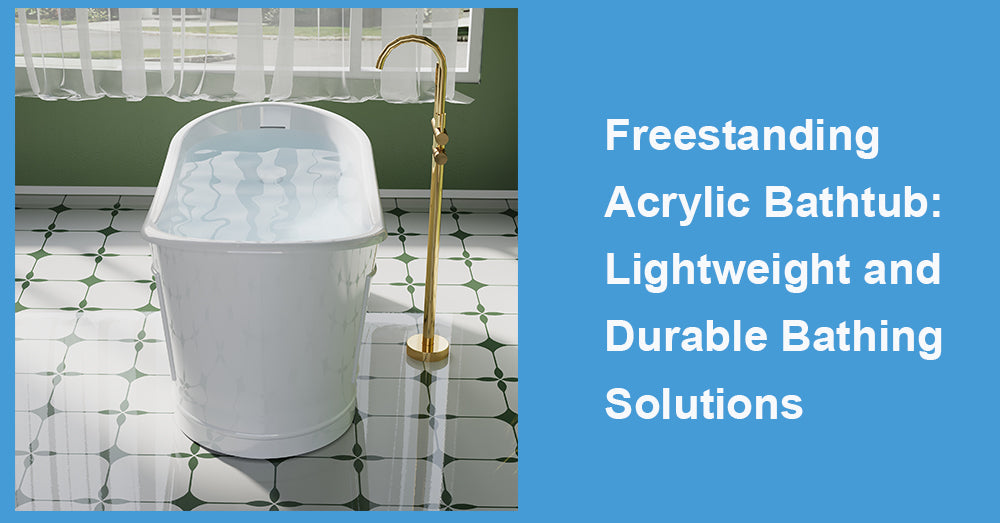
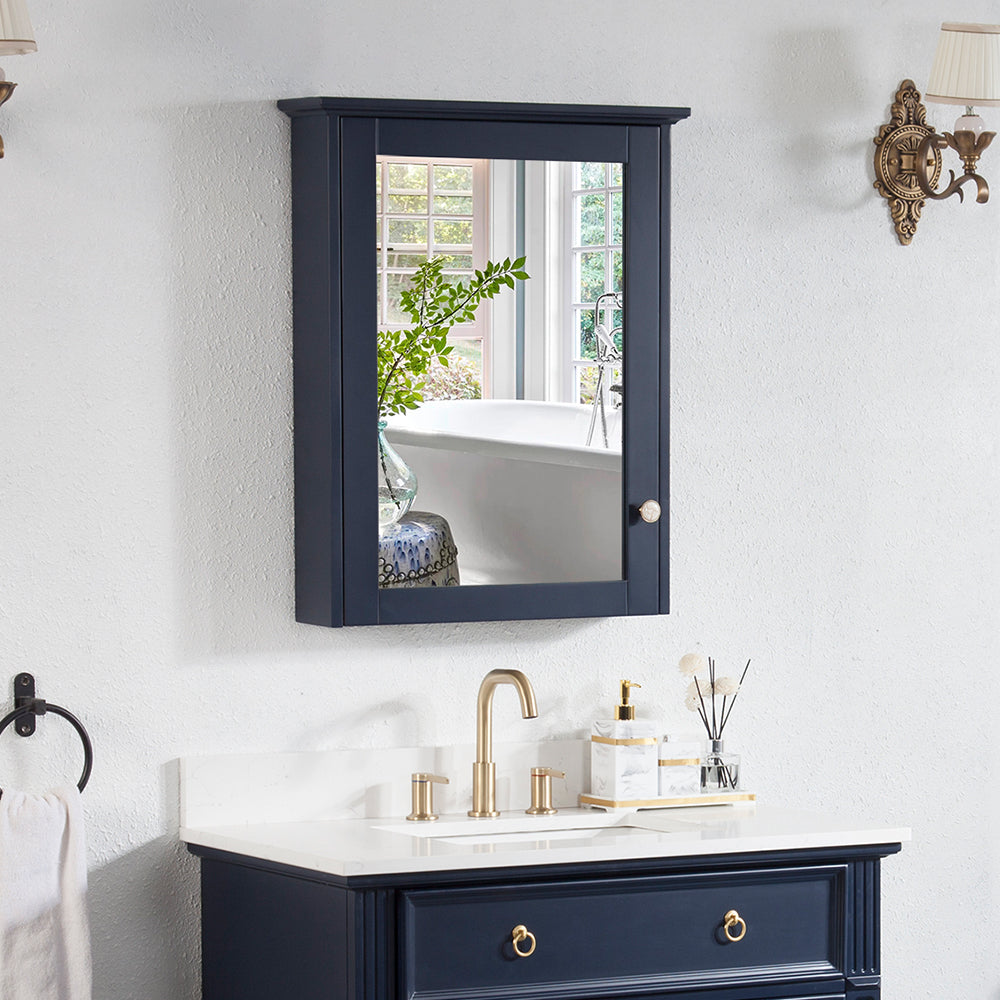
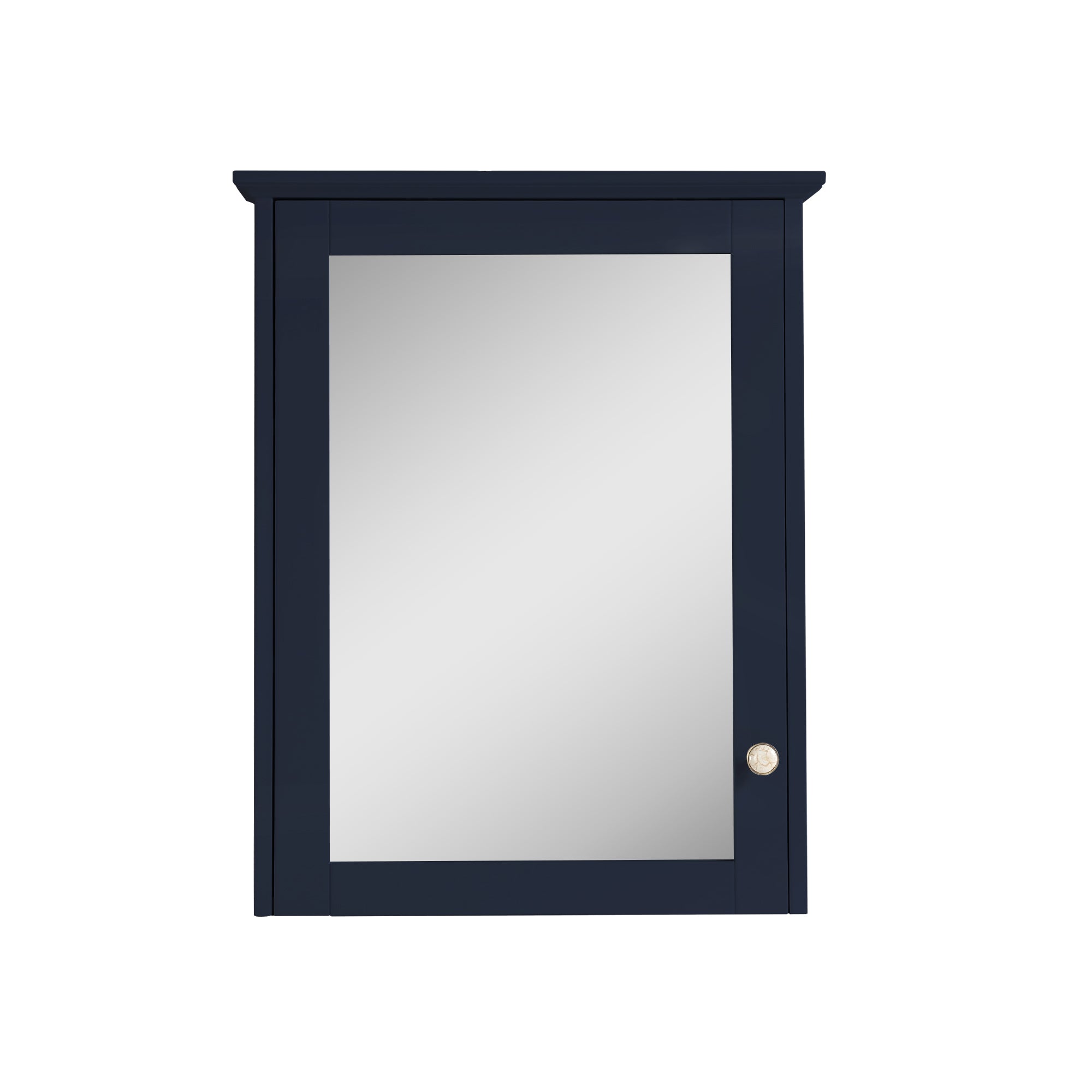
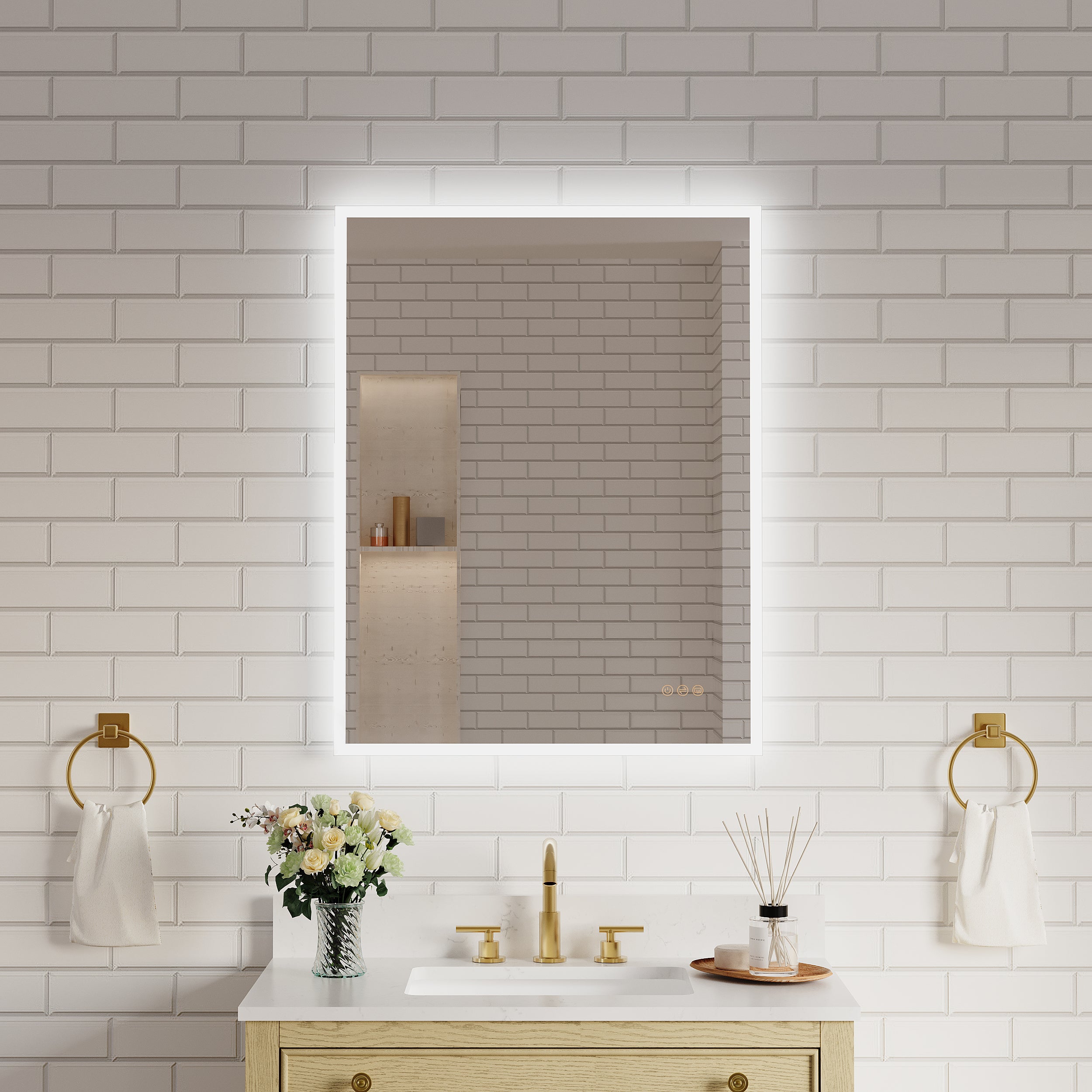

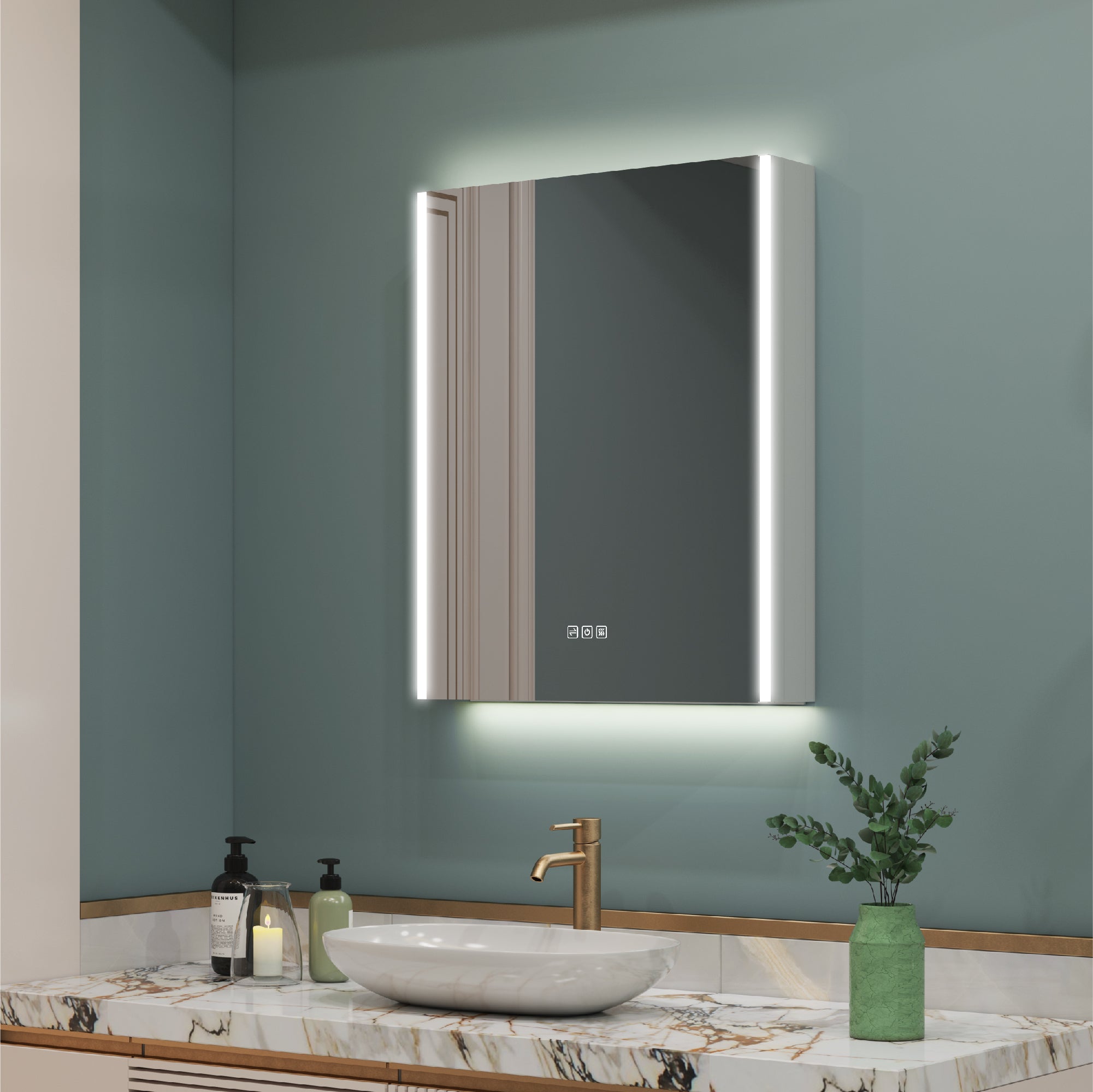
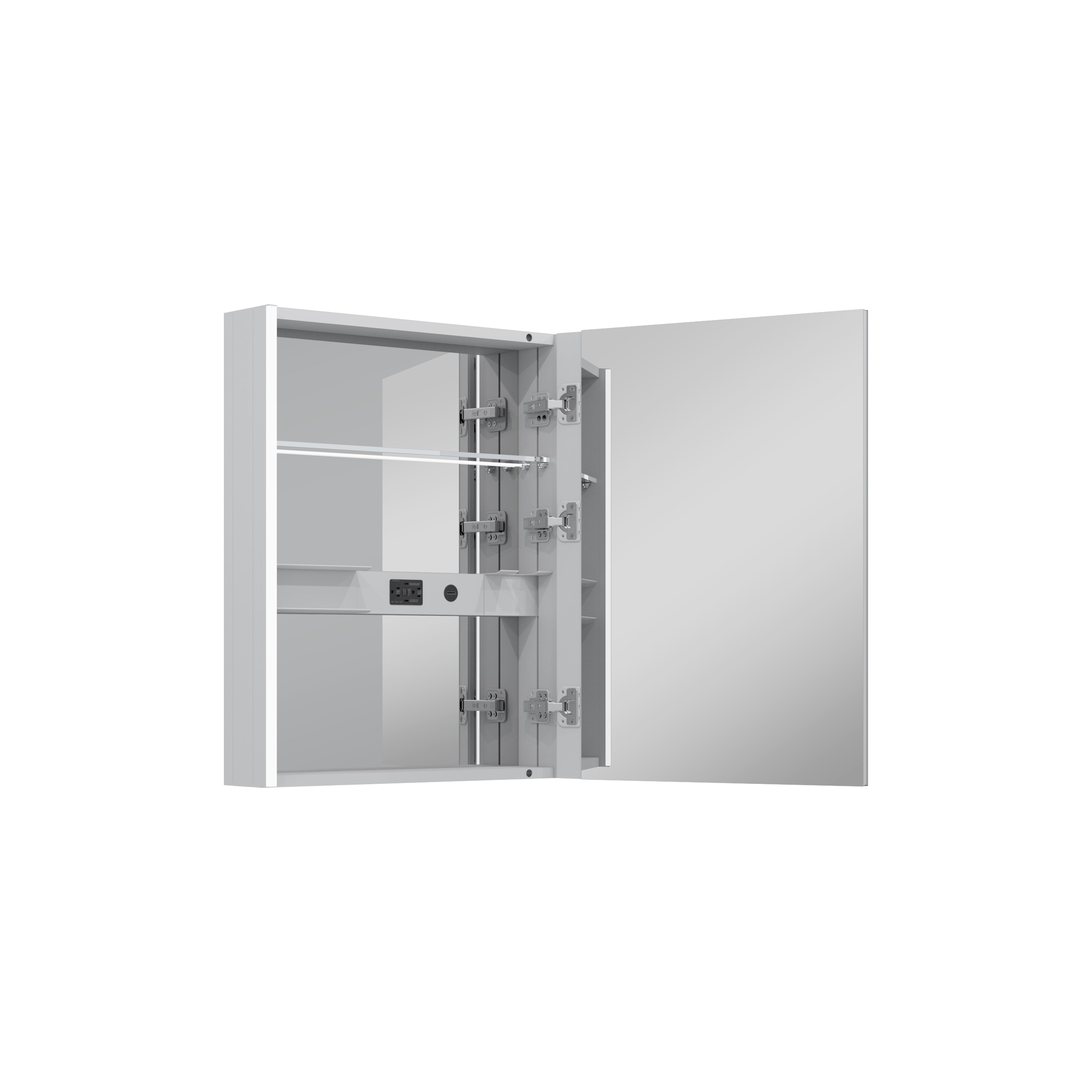
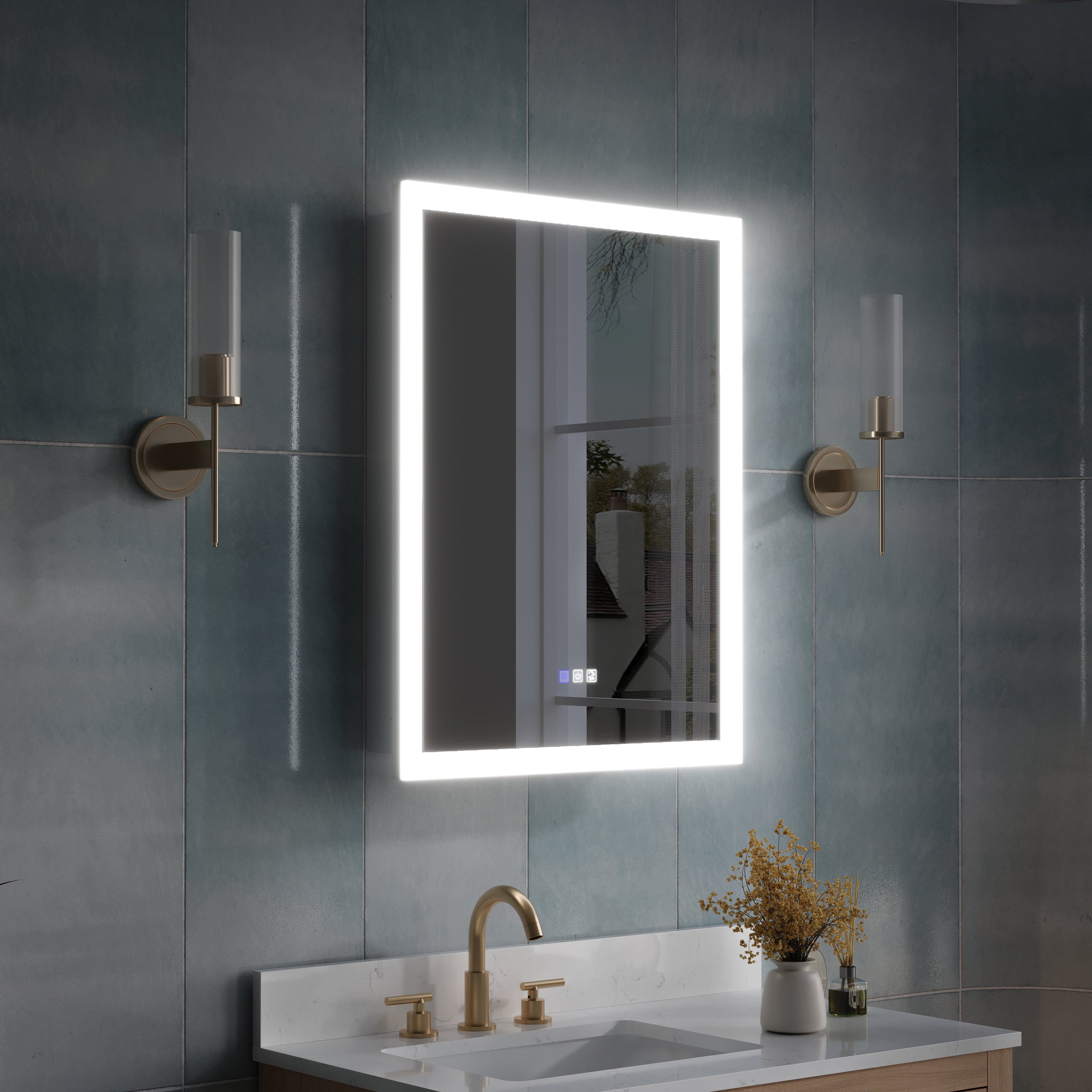
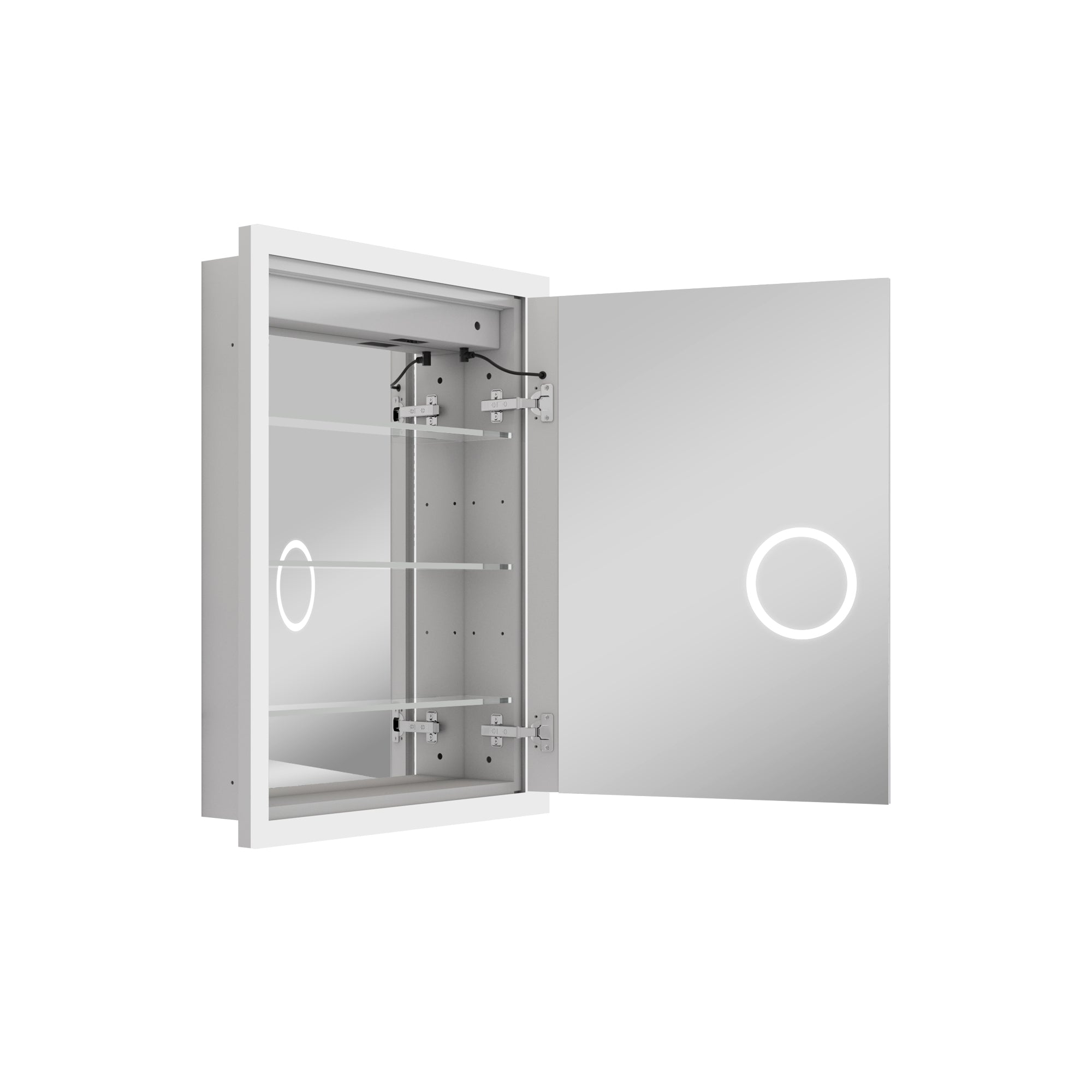
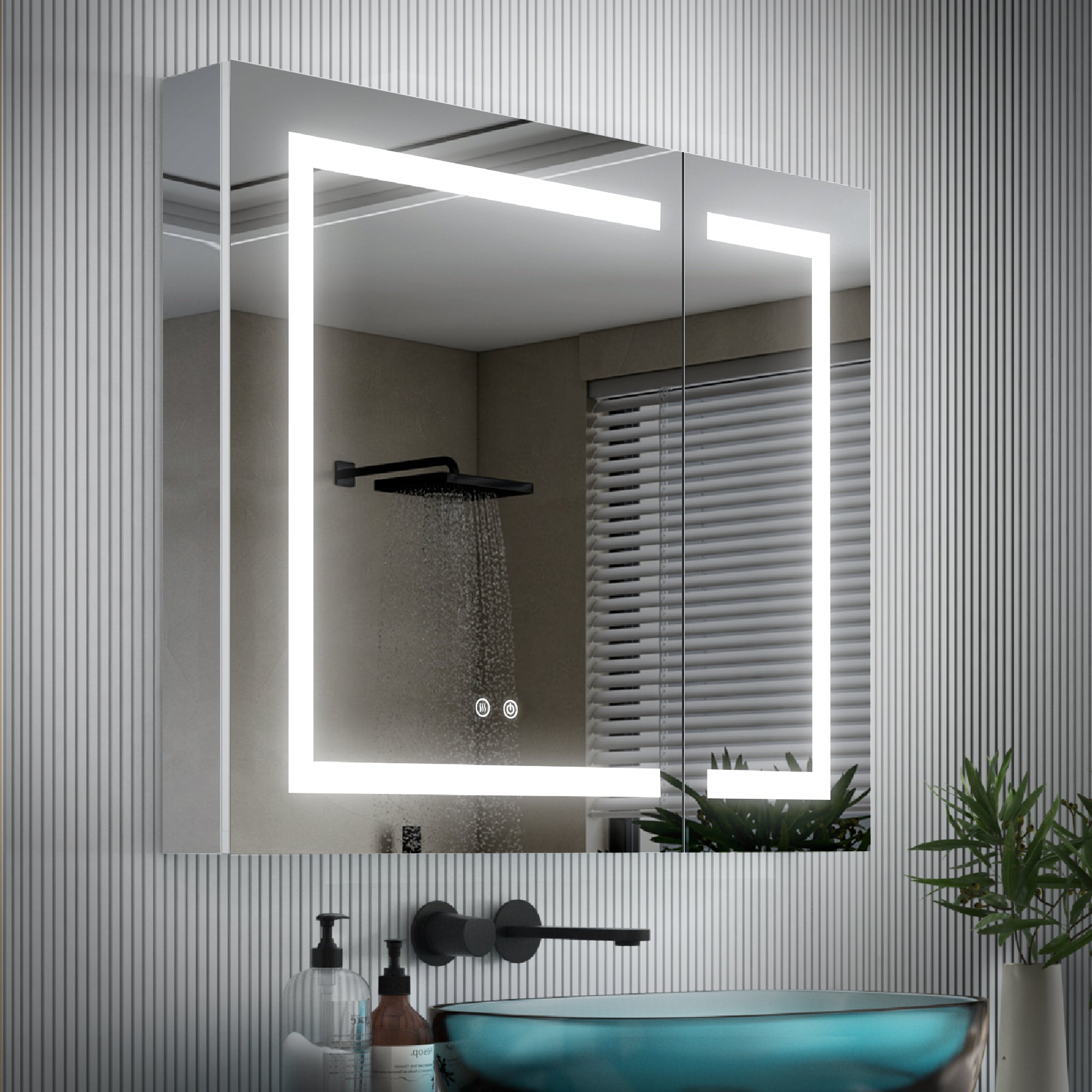

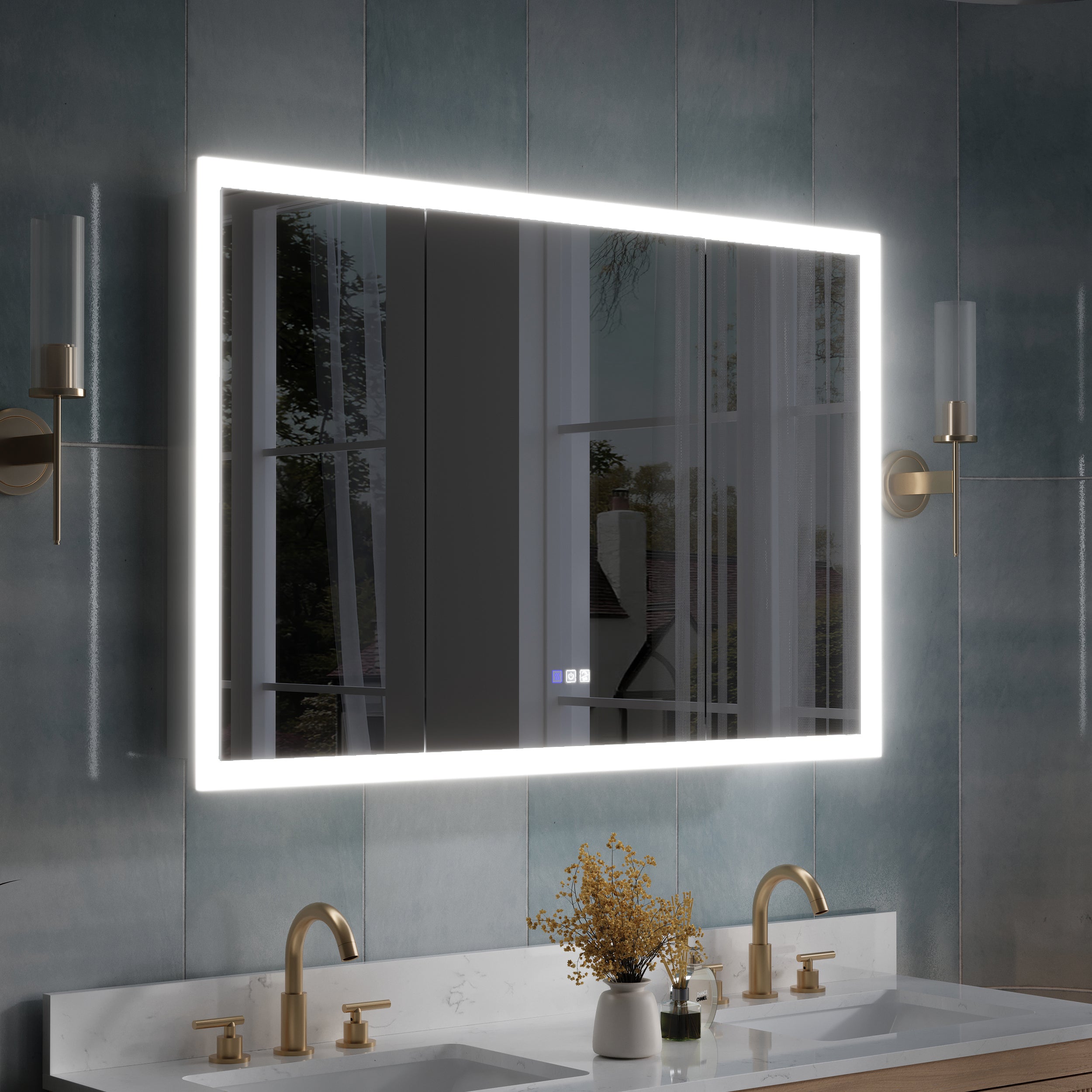
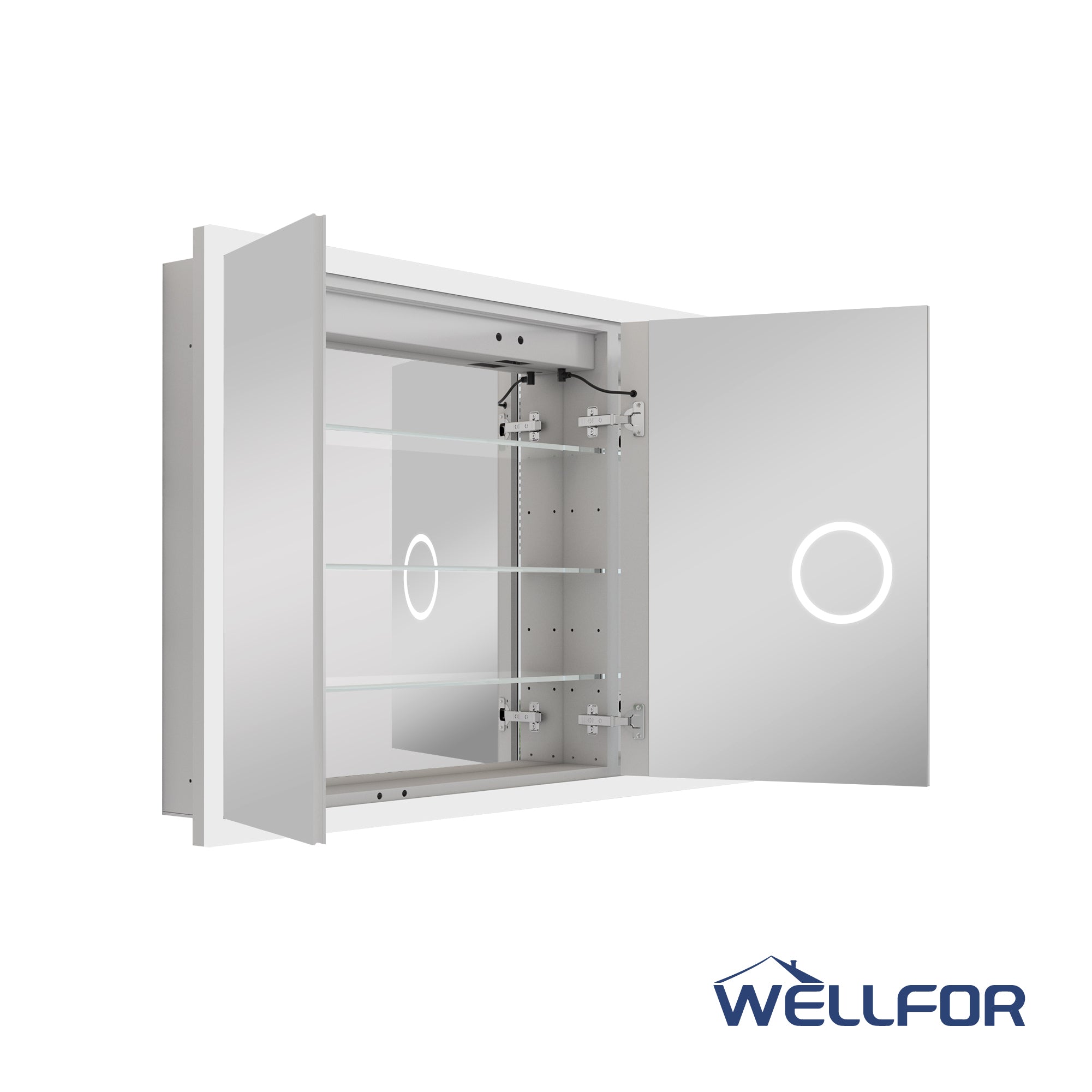
Leave a comment
This site is protected by hCaptcha and the hCaptcha Privacy Policy and Terms of Service apply.